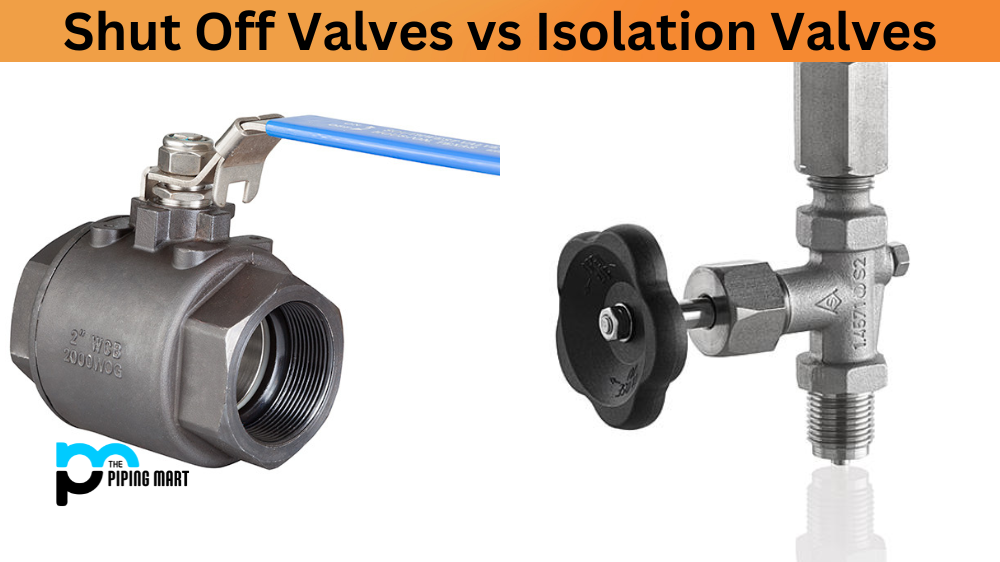In the world of industrial valves, check valves and control valves are two types that are widely used and often get confused with each other. Although both these valves are designed to control the flow of fluids in a pipeline, it’s important to note that they serve different functions. In this blog post, we’ll look closer at check valves and control valves and explore their differences.
What is Check Valve?
A check valve is a one-way valve that helps control the flow of fluids, gases, and steam. It allows fluid to move in only one direction and prevents backflow. The valve opens with sufficient upstream pressure, allowing the fluid to flow through. When the downstream pressure exceeds that of the upstream, it closes automatically without manual intervention. Check valves are commonly used in water systems, HVAC systems, piping networks and more!
What is Control Valve?
A control valve is a mechanical device that regulates the flow of gases and liquids. It modulates the pressure, temperature and concentration of a substance passing through it. Depending on the application, they can be actuated using various methods such as diaphragm actuators, motorized actuators or manually operated bonnets. Control valves are commonly found in industries such as oil gas, chemical plants and water/wastewater treatment facilities.
Difference Between Check Valve and Control Valve
Function:
As its name suggests, a check valve is primarily used to prevent backflow in a pipeline. It allows the fluid to flow in one direction only and stops the flow in the opposite direction. On the other hand, a control valve regulates the flow of fluids by adjusting the opening or closing of the valve.
Design:
Check valves are designed to open and close based on the fluid pressure in the pipeline. When the fluid pressure is higher on the inlet side, the valve opens, and when the pressure drops, the valve closes. Control valves, on the other hand, are designed with a movable disc that can be adjusted to control the flow of fluids.
Application:
Check valves are commonly used in applications where it’s crucial to prevent backflow, such as in water treatment plants and pumping stations. Control valves are used in various applications, including HVAC systems, chemical plants, and oil refineries, where it’s important to control the flow rate and pressure of fluids.
Types:
Check valves are available in different types, including swing, lift, and ball check valves. Control valves, on the other hand, come in different types based on their design and application, such as globe valves, gate valves, ball valves, and butterfly valves.
Maintenance:
Check valves are generally low-maintenance and don’t require frequent servicing. However, they may need to be cleaned or replaced if clogged or damaged. Control valves, on the other hand, require regular maintenance to ensure their proper functioning. This may include lubrication, inspection, and adjustment.
Conclusion:
In conclusion, while check and control valves may seem similar, they serve different functions and are designed differently. Understanding the differences between the two valves is crucial to selecting the right valve for your application and ensuring proper functionality. Whether you need to prevent backflow or regulate the flow of fluids, there’s a valve out there that’s right for you.

Hey, I’m Krutik, a casual blogger expert in the metal industry. I am passionate about providing valuable information to my readers. With a background in engineering and construction, I like playing Cricket & watching Netflix shows in my free time. Thank you for visiting my blog, and I hope you find my information helpful!




